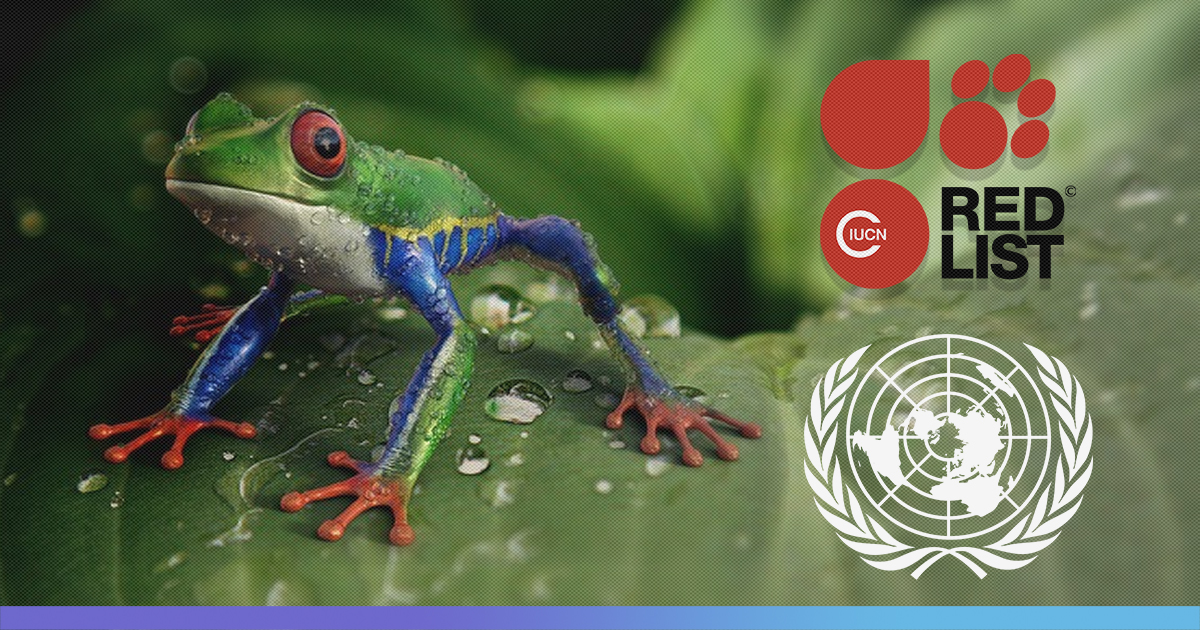On Monday, 6th of May the Inter-governmental Science-Policy Platform on Biodiversity and Ecosystem Services (IPBES), a committee under the United Nations (UN) released a 40-page summary of its findings for policymakers and the media. It warned that as many as one million species face extinction. This alarming decline is not just unprecedented, but the extinction rates are also accelerating. The need of the hour is ‘transformative changes’ which bring people together to act immediately and respond to the alarming trends worldwide.
This includes:

Compiled with the help of 145 authors from 50 countries, it sums up about 15,000 scientific papers on the threats against life known to mankind
The findings of the report indicate that all kinds of species – Mammals, birds, amphibians, insects, plants, marine and terrestrial life are disappearing in tens and thousands faster ever in the last 10 million years.
What is the IUCN Red List?
Another international organisation, the International Union for Conservation of Nature (IUCN) provides the World’s most authoritative inventory of the global conservation status of plant and animal species. Its IUCN Red List is a critical indicator of the health of the World’s biodiversity. It acts as not merely a list but initiates conservational efforts.
Last updated on 21 March 2019, it gives a more clear picture of the species threatened and the status of their population.
Given below is a graph that aims to showcase the number of Critically Endangered Animals around the globe:

The number of Endangered animal species that fall under different animal groups around the world also need global attention

The graph below pictorially represents the number of Vulnerable animal species according to different animal groups

Shown below are the number of Animal species on different Categories on the IUCN Red list in India:

Also Read: One Million Species Face Threat Of Extinction, Says UN Report











